What to expect from this year's 'hotter and drier than normal' summer
It's gonna be another scorcher
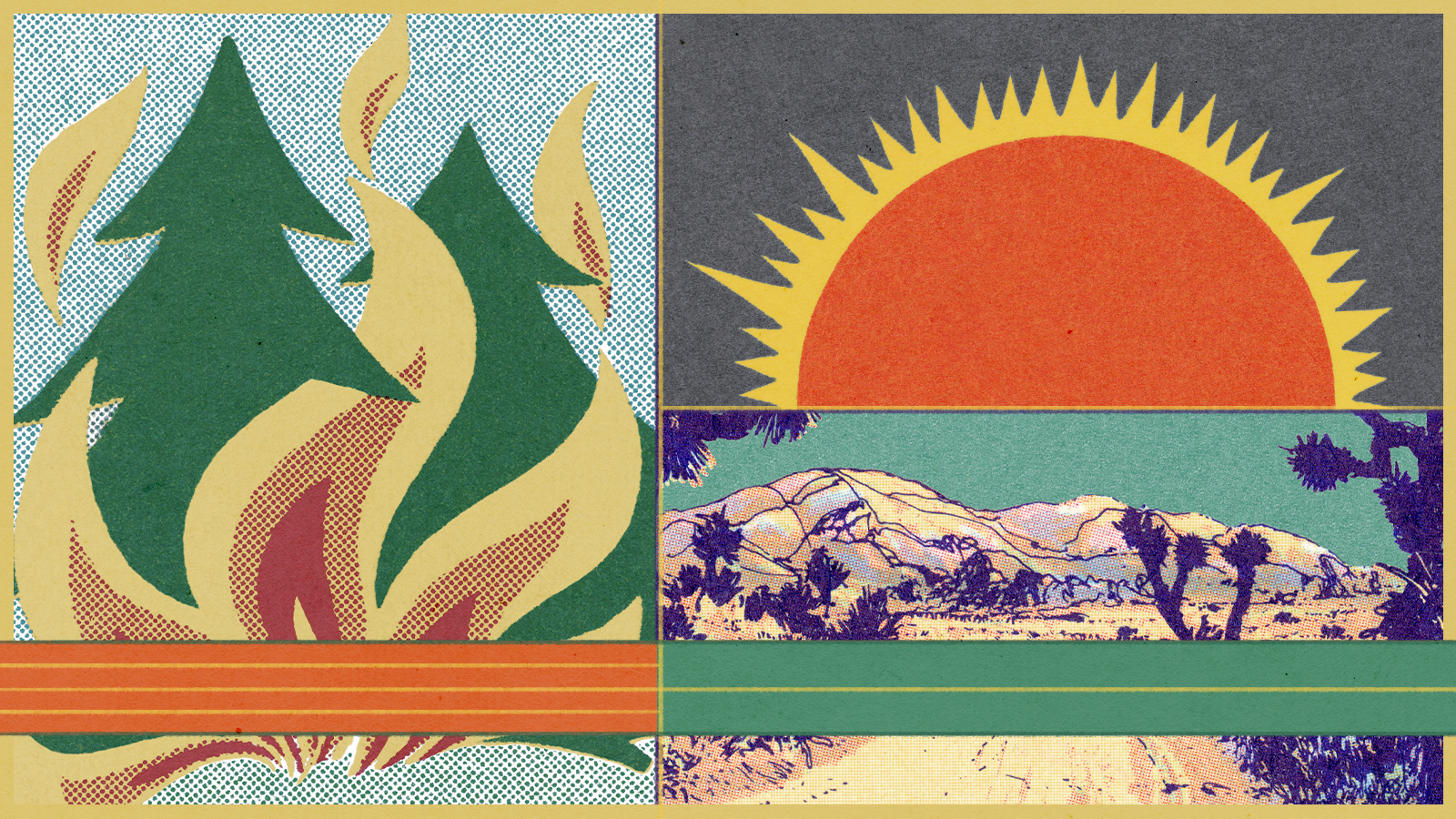

It's only spring, but already there are dozens of wildfires burning in New Mexico and Nebraska. Meanwhile, officials in Southern California are warning some residents that unless they start drastically conserving water, they may face a full outdoor watering ban. With the situation already so extreme in some parts of the United States, what can Americans expect when it comes to fires, heat, and droughts this summer? Here's everything you need to know:
What are meteorologists saying about this summer's weather?
This week, the National Oceanic and Atmospheric Administration (NOAA) released its monthly report on global climate trends, which included a look at how June, July, and August are shaping up weather-wise. March was one of the driest and hottest months on record in the United States, and NOAA predicts it will be a hotter and drier than normal summer with higher temperatures across the country. NOAA also said the La Niña climate pattern is favored to continue through the summer, which could bring drier conditions to the southern United States and more rain in the northern half. Expect the hottest temperatures in the western United States in Arizona, Colorado, Utah, and New Mexico.
How will these conditions affect the drought in the western United States?
The region is experiencing a multi-year drought, with NOAA saying it is the "most extensive and intense drought in the 22-year history of the U.S. Drought Monitor." Precipitation deficits are at or near record levels, and the climatological wet season is ending with below-average snow cover, meaning the snow melt won't be enough to fill the low reservoirs. With NOAA expecting the summer to be hotter and drier, the drought is only expected to get worse, affecting everything from crops to public safety, as bone dry vegetation fuels wildfires.
The Week
Escape your echo chamber. Get the facts behind the news, plus analysis from multiple perspectives.

Sign up for The Week's Free Newsletters
From our morning news briefing to a weekly Good News Newsletter, get the best of The Week delivered directly to your inbox.
From our morning news briefing to a weekly Good News Newsletter, get the best of The Week delivered directly to your inbox.
Is the drought behind the wildfires now burning in New Mexico?
Experts say that's one factor. "Because of climate change and the megadrought across the western U.S. and especially the Great Basin, there's no moisture in the soil anymore," Andrew Church, a National Weather Service meteorologist in Albuquerque, told CNN. Usually, there is an increase in relative humidity after a cold front passes, but because the ground is so dry, that doesn't happen anymore, Church said. That rise in relative humidity would "help keep small fires ... in check," he added, and "stem the rapid spread of ... wildfires." There are about two dozen wildfires burning in New Mexico, and Church said the 2022 fire season started "around a week and a half, almost two weeks earlier than average." The state sees the peak of its fire season in June.
Is New Mexico the only state that started its fire season early?
No. Nebraska is facing the same serious drought conditions with unusually high winds, and since last week, fires have been reported in 14 counties across the state. Officials are preparing for the situation to intensify in the summer, with Jonathan Ashford, spokesman for the Rocky Mountain Complex Incident Management team, telling NBC News, "Unfortunately, it's going to take either quite a lot of moisture in a short period of time or consistent moisture over a long period of time to correct it, and right now that's not in our forecast." One good storm isn't enough to make a dent in the dry conditions, Ashford said, as "you need a prolonged wet spring into a wet summer, and you need that probably up to years at this point to really have true recovery in your larger vegetation." From October to now, Nebraska has received less than half the amount of rainfall it usually gets.
California also didn't get much rain during the winter or early spring — what does that mean for the state this summer?
California had its driest ever January, February, and March — the months that are supposed to be the state's wet season, the Los Angeles Times reports. The California State Water Project collects water from Northern California rivers and delivers it to points south, with about 30 percent used for irrigation in the San Joaquin Valley and 70 percent for residential, industrial, and municipal use in Southern California and the San Francisco Bay Area. The expected deliveries were cut from 15 percent — already a low number — to 5 percent, and officials decided to take drastic measures and order water restrictions for the summer.
What are the water restrictions for California?
Starting June 1, those under the order — including about 6 million residents of Southern California — must reduce their outdoor watering to just one day a week. This decision was made by the Metropolitan Water District, which warned that if water consumption isn't cut by 35 percent, in September a full watering ban will be instated. Water usage goes up in California during the summer, as more people fill their pools and try to cool off outside, and officials hope residents will do their part to ensure a total ban doesn't have to be put in place.
A free daily email with the biggest news stories of the day – and the best features from TheWeek.com
Catherine Garcia has worked as a senior writer at The Week since 2014. Her writing and reporting have appeared in Entertainment Weekly, The New York Times, Wirecutter, NBC News and "The Book of Jezebel," among others. She's a graduate of the University of Redlands and the Columbia University Graduate School of Journalism.
-
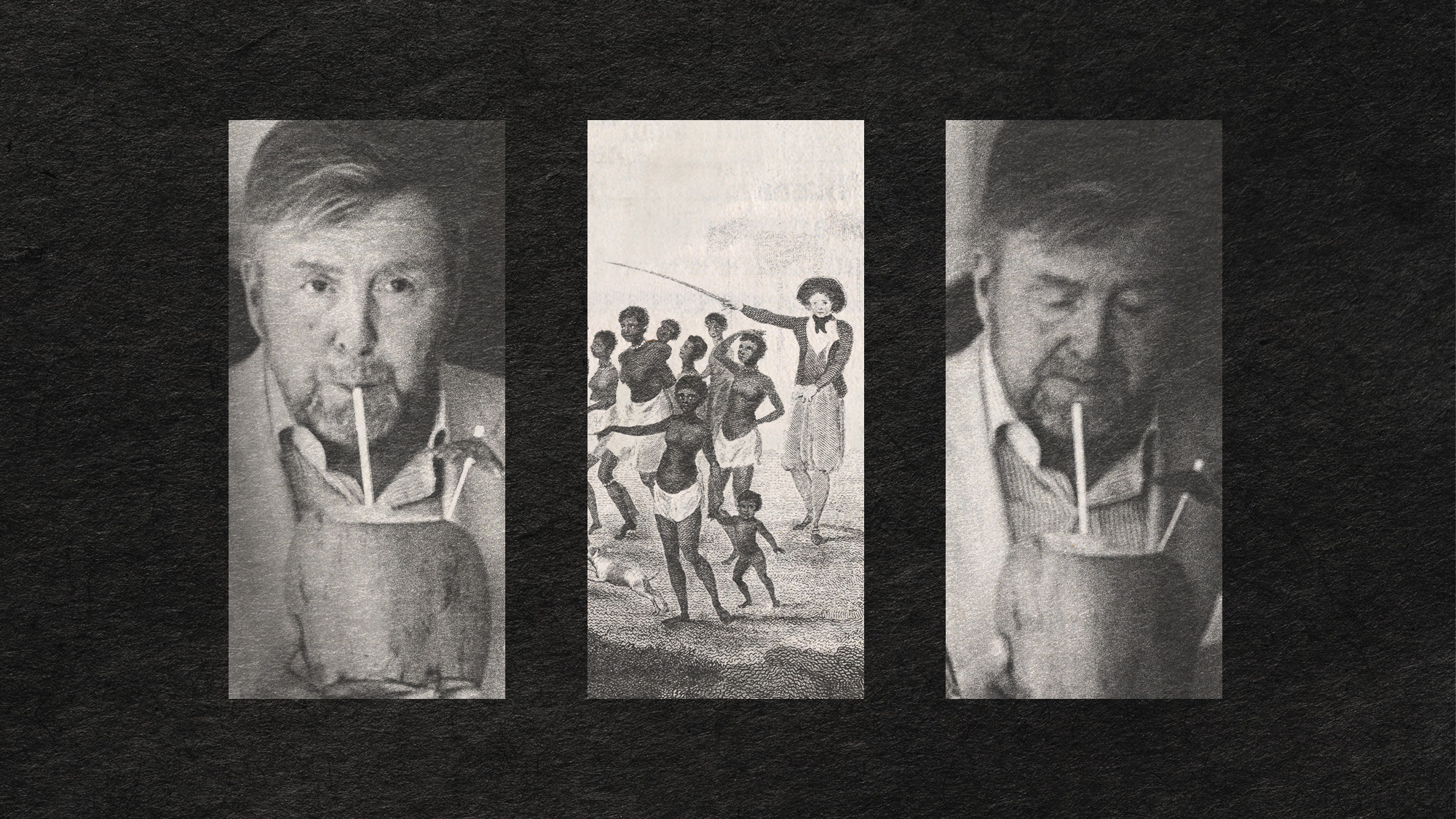 In Suriname, the spectre of Dutch slave trade lingers
In Suriname, the spectre of Dutch slave trade lingersUnder the Radar Dutch royal family visit, the first to the South American former colony in nearly 50 years, spotlights role of the Netherlands in transatlantic trade
-
 Political cartoons for December 7
Political cartoons for December 7Cartoons Sunday’s political cartoons include the Trump-tanic, AI Santa, and the search for a moderate Republican
-
 Trump’s poll collapse: can he stop the slide?
Trump’s poll collapse: can he stop the slide?Talking Point President who promised to ease cost-of-living has found that US economic woes can’t be solved ‘via executive fiat’
-
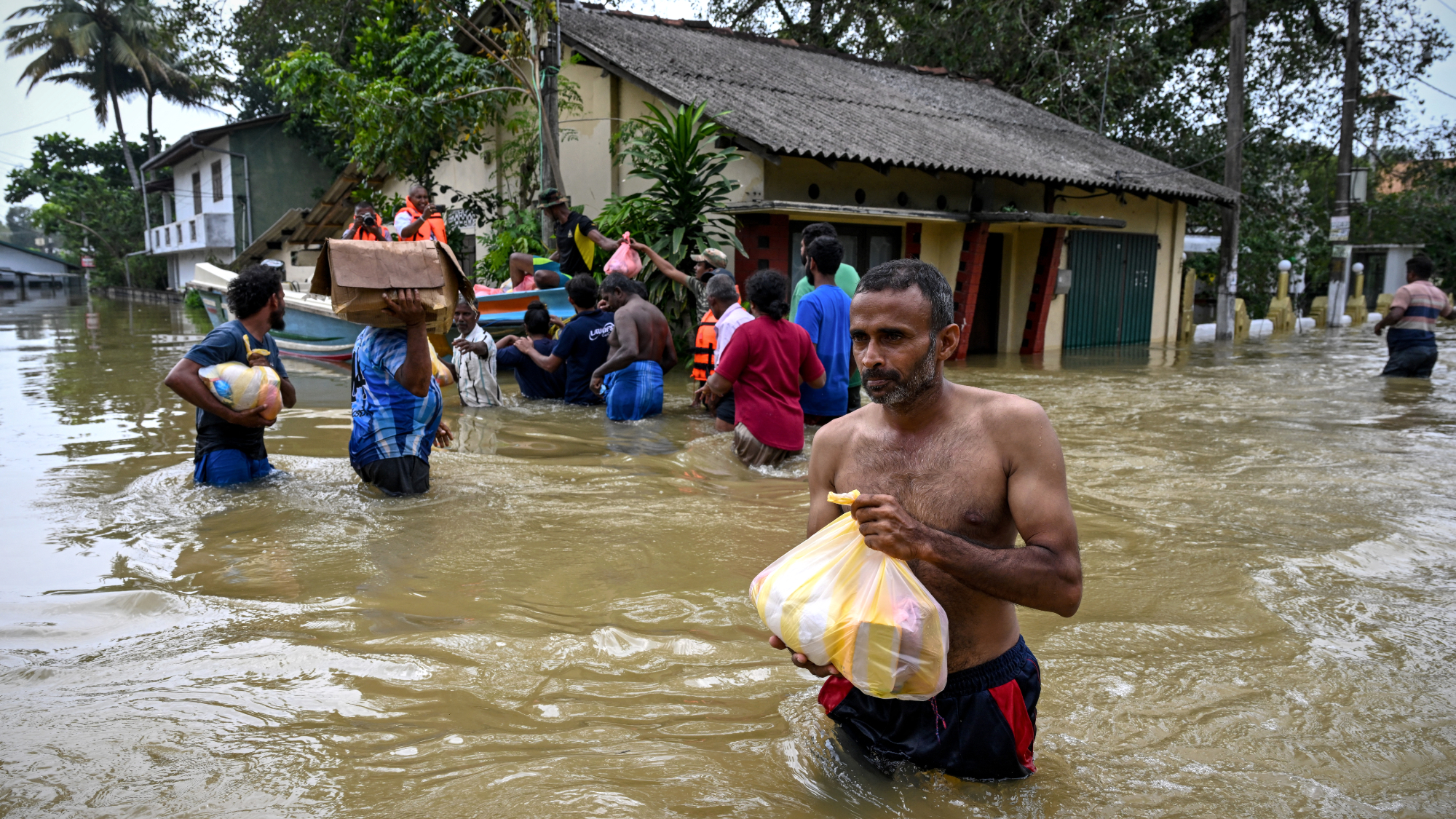 Death toll from Southeast Asia storms tops 1,000
Death toll from Southeast Asia storms tops 1,000speed read Catastrophic floods and landslides have struck Sri Lanka, Indonesia, Thailand and Malaysia
-
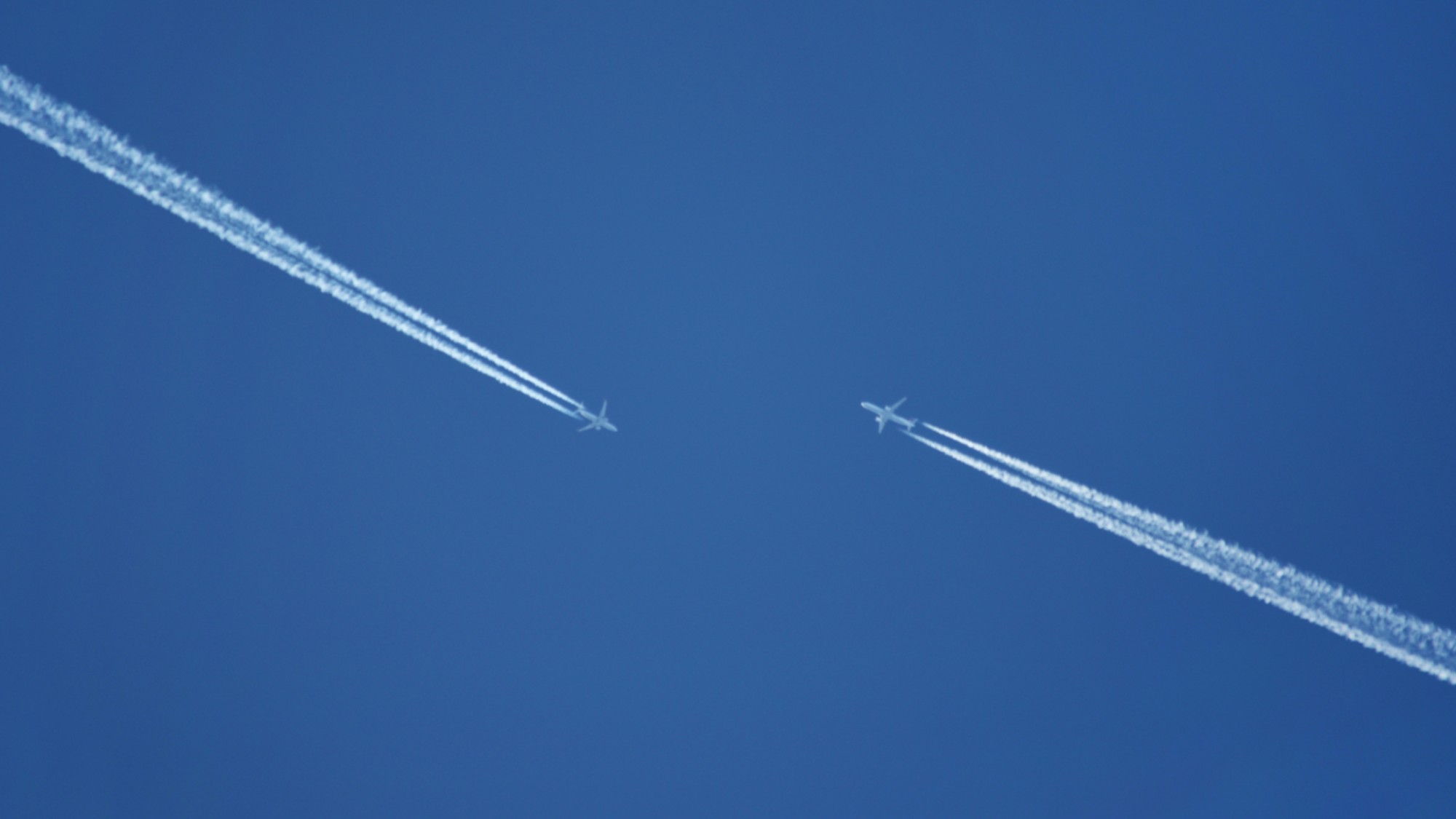 Can for-profit geoengineering put a pause on climate change?
Can for-profit geoengineering put a pause on climate change?In the Spotlight Stardust Solutions wants to dim the sun. Scientists are worried.
-
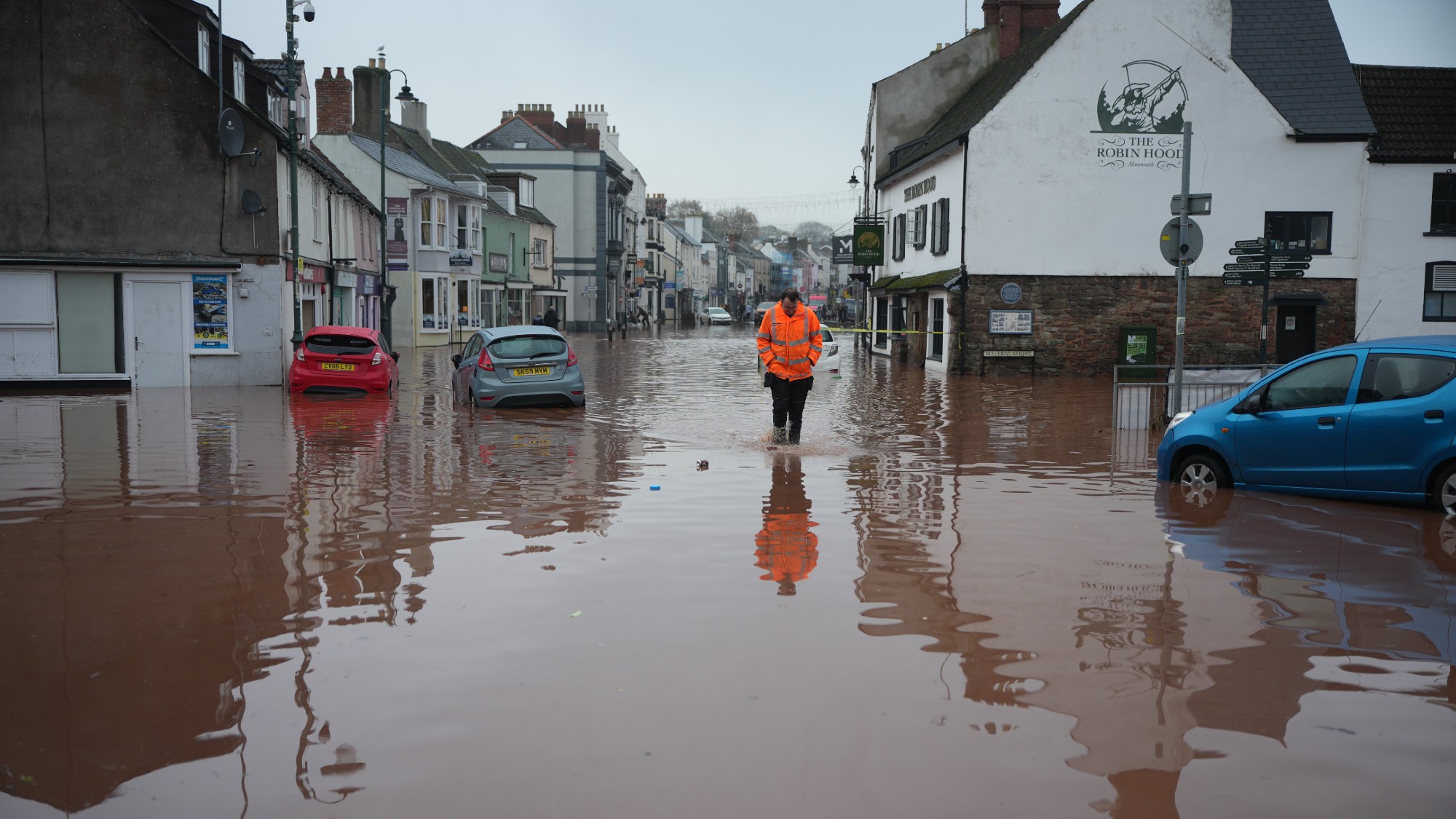 How will climate change affect the UK?
How will climate change affect the UK?The Explainer Met Office projections show the UK getting substantially warmer and wetter – with more extreme weather events
-
 Can the UK do more on climate change?
Can the UK do more on climate change?Today's Big Question Labour has shown leadership in the face of fraying international consensus, but must show the public their green mission is ‘a net benefit, not a net cost’
-
 Did Cop30 fulfil its promise to Indigenous Brazilians?
Did Cop30 fulfil its promise to Indigenous Brazilians?Today’s Big Question Brazilian president approves 10 new protected territories, following ‘unprecedented’ Indigenous presence at conference, both as delegates and protesters
-
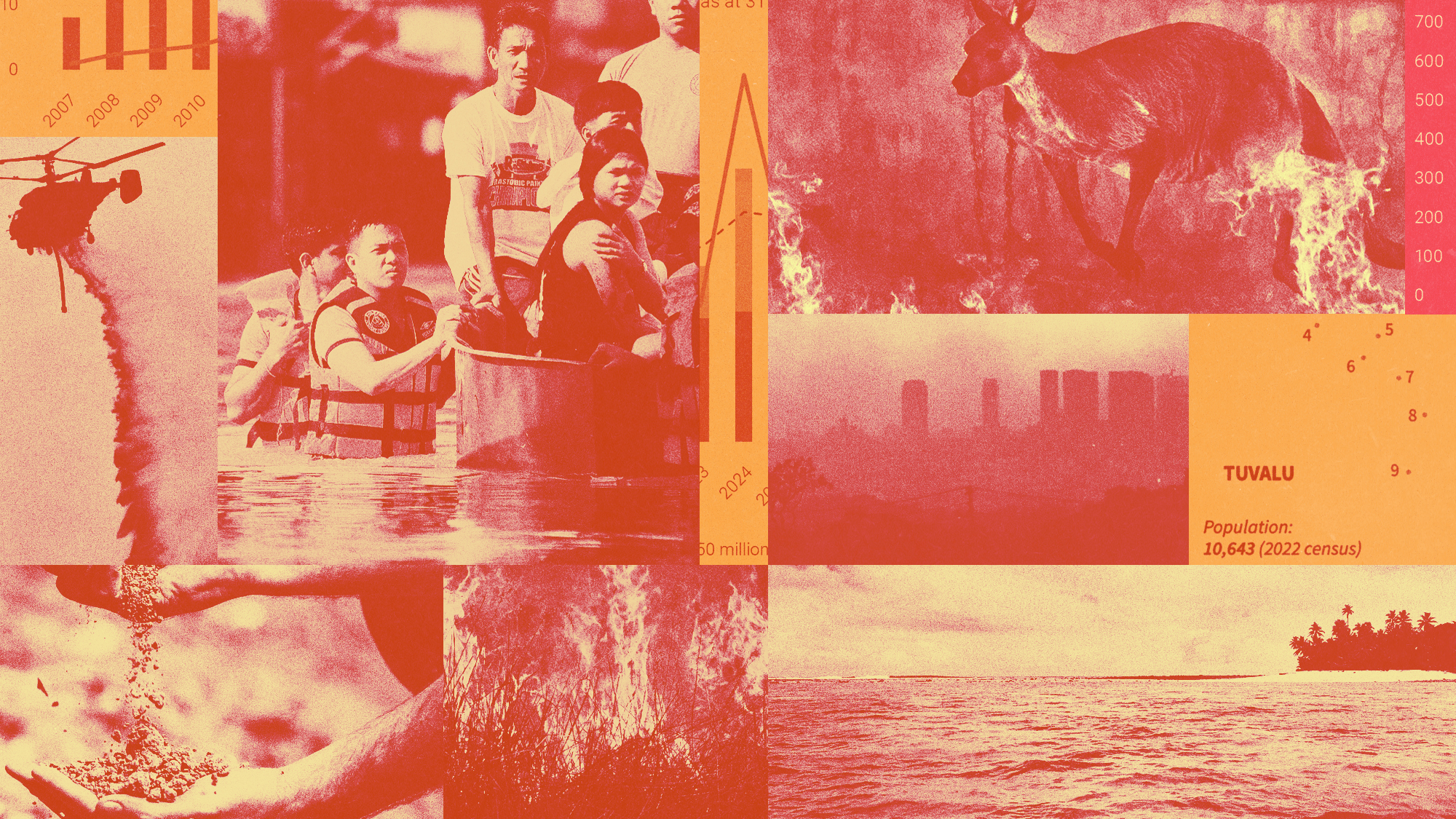 Can the world adapt to climate change?
Can the world adapt to climate change?Today's Big Question As the world gets hotter, COP30 leaders consider resilience efforts
-
 Taps could run dry in drought-stricken Tehran
Taps could run dry in drought-stricken TehranUnder the Radar President warns that unless rationing eases water crisis, citizens may have to evacuate the capital
-
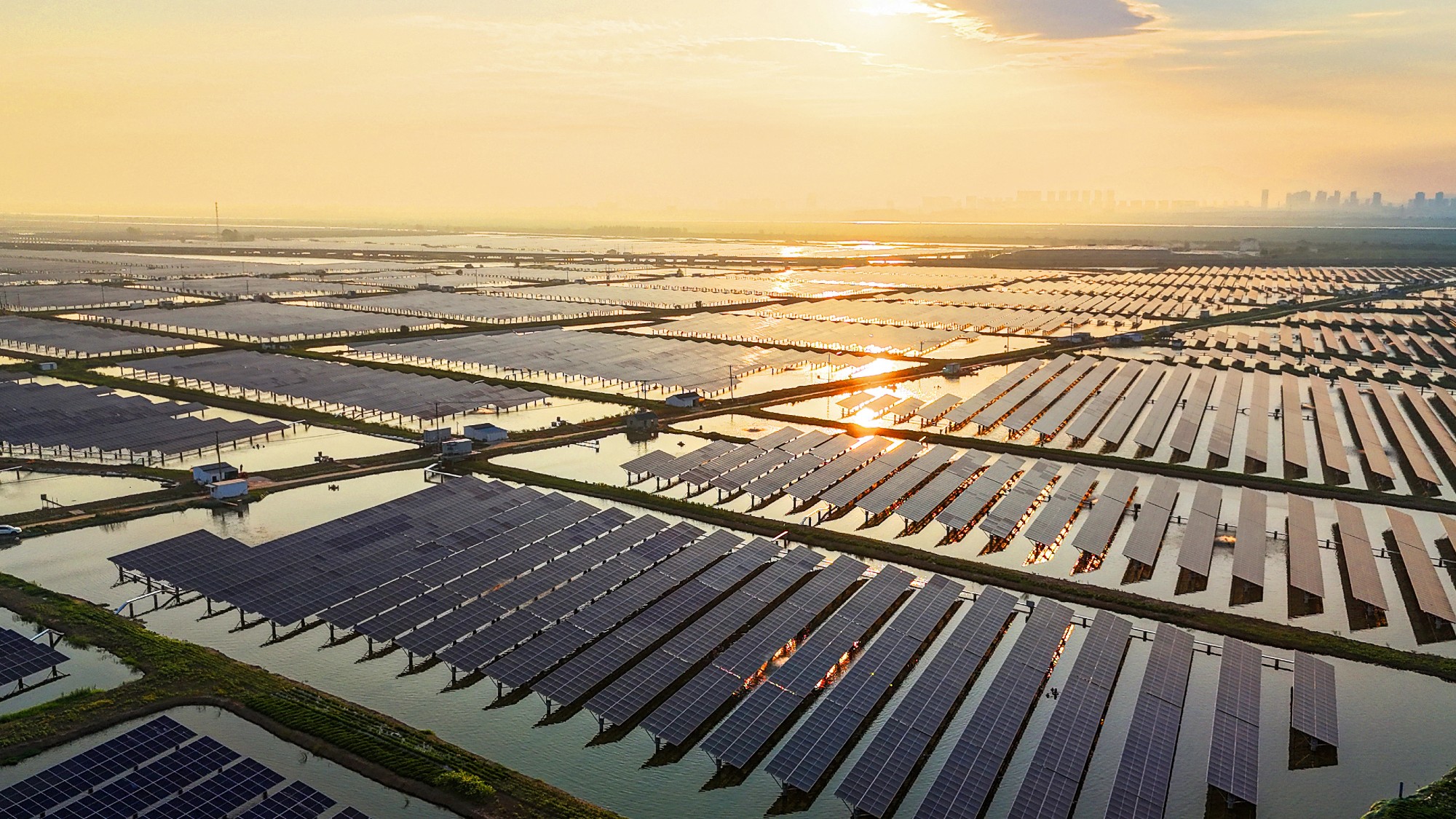 The future of the Paris Agreement
The future of the Paris AgreementThe Explainer UN secretary general warns it is ‘inevitable’ the world will overshoot 1.5C target, but there is still time to change course
